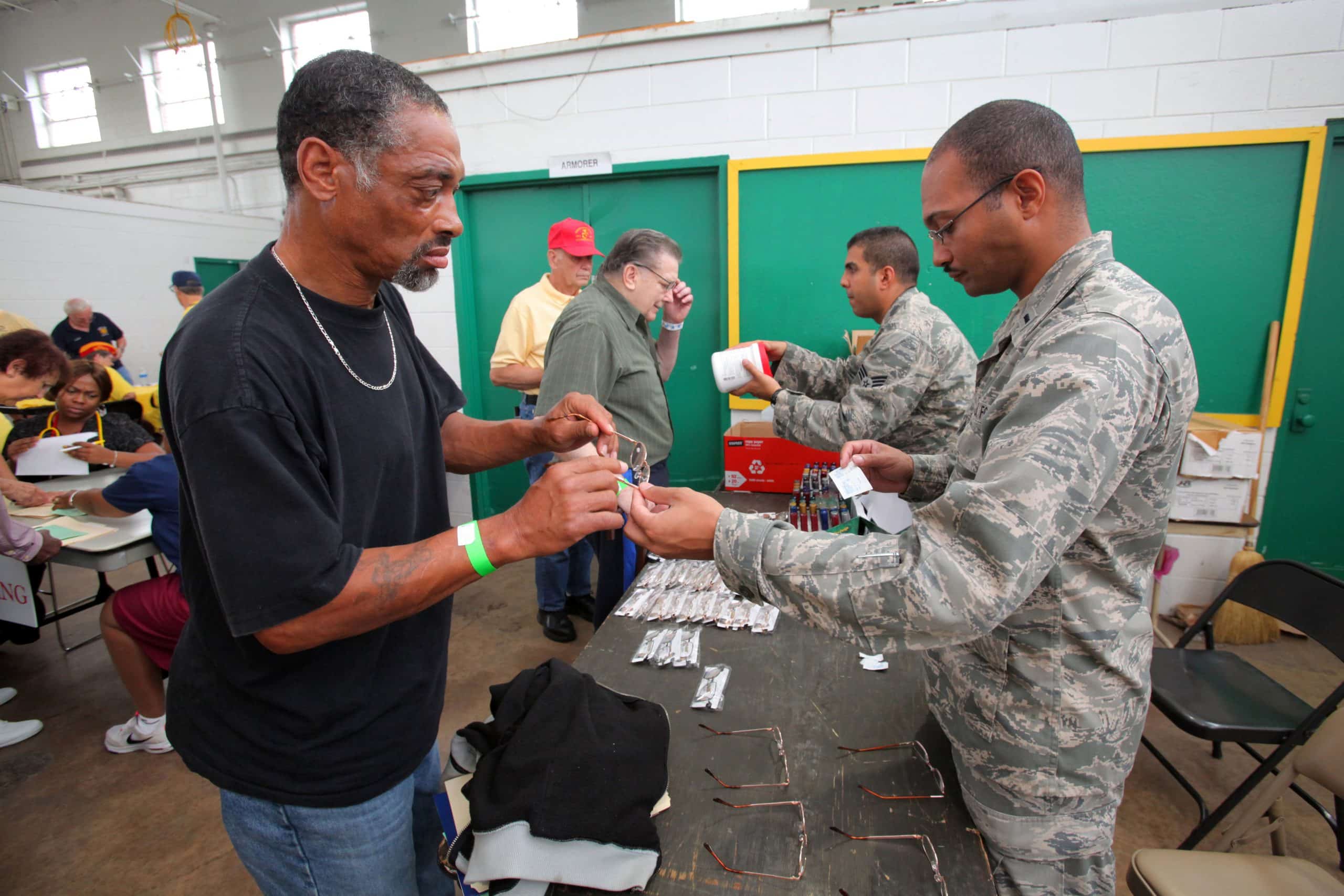I believe that a good story has the power to move people to action.
That’s why, after hearing about the work of Mark Horvath—an activist who’s fighting homelessness by posting first-person stories from homeless men and women on Twitter, Facebook, and YouTube—I knew I had to help tell his story, and the story of what it’s like to be homeless in the United States.
The resulting documentary, @home, follows Mark on a cross-country road trip as he films interviews with homeless families living in motels, veterans living under bridges, and young people living in tent cities. Mark’s gamble is that listening to these people, about how they became homeless, their past lives, and what they want for their futures, is the first step in finding a solution to this American epidemic.
As we traveled with Mark through California, New Mexico, Oklahoma, Missouri, Illinois, Michigan, and D.C., we got to know some incredible people who challenged us to think about homelessness differently. Some people’s stories inspired hope in progress—like Lanny, a veteran who had been homeless since 2002. When we met Lanny, he was suffering severe alcoholism, and had given up hope that he could find a home through the system. Mark and a local shelter helped find Lanny an apartment, and when we met him again, moving in new furniture, shopping for groceries, he was an utterly changed person. He said to Mark: “I feel human again.”
But we also witnessed tragedies along the way, stories that illustrate how truly broken the current system is, and how complicated, frustrating, and personal the issue of homelessness can be. Many of the individuals we met had been in and out of housing and shelters for years. Some had been in prison, some couldn’t kick addictions, some suffered severe mental illness, and some were just plain unlucky. Whatever the reason they were on the street, we saw how each one of those people was at risk. Every day a person is homeless, their health, their well-being, and their future—their ability to get a job, find housing, and reintegrate into normal life—is in greater jeopardy.
We met Catherine in 2010, when she had just found a new apartment after nearly a decade going in and out of homelessness. Catherine was a mom and a nurse, but hit hard times after the end of an abusive marriage and the loss of her job. Her new apartment worked out at first, but we ran into her again this past spring again living on the streets. Mark sat down and interviewed her, and she’s barely recognizable. From energetic and funny, to deeply tired and broken. Only three weeks after that interview, on April 30, 2013, Catherine died sleeping on the streets.
We believe that by sharing the stories of people like Catherine and Lanny, we can inspire more Americans to take action to fight homelessness in their own communities. The home campaign is about using storytelling to build empathy for homeless men and women, proving that concrete solutions to homelessness do exist, and that the need to act is urgent.</p>home documentary, we’re developing a smartphone app that lets players transition from viewing videos of stories to interacting and exploring homelessness in their own neighborhoods. To play, you simply download the app and follow a map through an area of your city. As you go, you’ll watch video interviews with homeless individuals, answer questions, and explore the locations where homelessness plays out in your own city. We hope that this location-based learning will better contextualize homelessness locally, and activate players to get involved in fighting homelessness in their neck of the woods.
<p>
We’re using digital tools—everything from film to social media to a smartphone “game for change”—to build momentum toward change and recruit new advocates in the fight to end homelessness. There will never be a substitute for pounding the pavement in your own neighborhood to build community and drive local change. But today’s new technology has so much potential for reaching new audiences, and for tailoring a message (or a challenging issue like homelessness) to a generation that’s grown up on Facebook and Twitter. To make change, we’ve got to reach people wherever we can find them, and more and more, we’ve got to get to them on the web.</p>
<p>
One unique way we’re getting the word out is through play. Building on footage from the
This model, which starts with raising awareness rather than direct services, does have its detractors. But we firmly believe that to really move the needle on this issue, we need to build a critical mass of Americans who can no longer overlook homelessness, who will speak out, write to their government representatives, and demand that we make homelessness a priority.
You can learn more about the @home campaign, and the work of its inspiration, Mark Horvath, here.





Comments